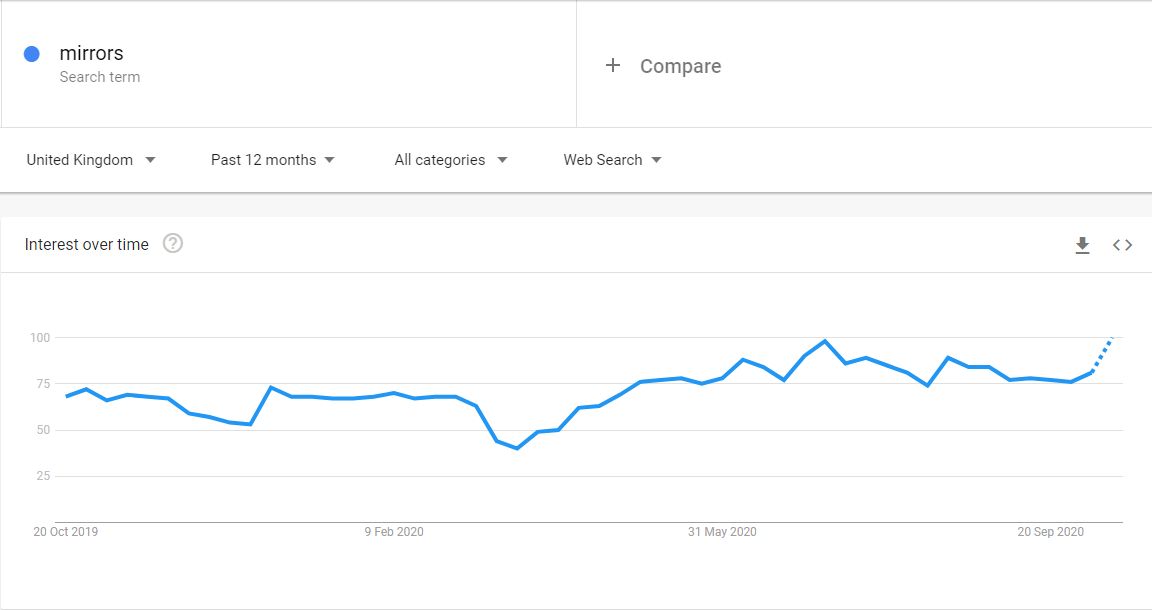The COVID-19 global pandemic has inevitably caused sudden changes to online shopping behaviours, forcing the retail space to evolve and adapt at speed. Not only has there been significant shifts in what people are buying, but also to how they shop.
What can we learn from these evolving buyer behaviours? What opportunities should eCommerce businesses take on board post-COVID?
The boom in Ecommerce
Data from the Bazaarvoice Network shows there was a 21% rise in online orders in March 2020 vs March 2019, with 41% of people saying they were shopping online for things they’d typically buy in-store.
The same report found that consumers are spending more time browsing products before making a purchase. The reason for this may have something to do with the increase in homeworking, with more shoppers finding the time to browse multiple pages. Or, due to product shortages, consumers are more likely to start shopping around as they consider buying from new, unfamiliar brands. For many businesses, now is the time to attract new customers.
Evolving demands
Of course, not all industries have experienced the same level of growth online, and there’s certainly been a shift in the type of products people are buying. At the start of lockdown, there was a surge in panic buying as shoppers rushed to stock up on essential items and leisure activities to entertain themselves.
As restrictions eased, people seemed to move out of the necessity buying phase and began to prioritise different categories. There was an increase in online purchases for toys, games, arts and business (pushing food, beverage and stationary out of the top five). According to the market research company, Nielsen, there’s been an overall demand for health and wellness products, digital streaming services, household essentials and protective gear. However, for luxury goods, apparel and accessories, buying behaviour is down.
At MonkeyFish, many of our own b2b clients are achieving huge growth year on year, with no signs of slowing down.
For example, let’s look at a client of ours. We have taken eCommerce data from a popular online mirror retailer who has seen a staggering increase of 116% in revenue since the UK lockdown began, shown below.

But what did we do to achieve this? Well for starters, there’s a number of factors related to online customer behaviour which have contributed to the impressive results. Here’s just a few of the things that have driven success for our client;
- Improved cost of items listed on the sale and optimised for ‘cheap mirror (improving functional motives for online consumers, especially important as the lockdown has meant the average UK household has lost £515 in disposable income, per month*)
- Streamlined the checkout process
- Improved content on key pages
- Added trust signals in the form of review carousels featuring more prominently
- As high street stores closed, the search volumes for keywords increased as what was once foot traffic then converted into online traffic, contributing an increase in overall traffic (+59%). This is an example of an external factor impact on buyer behaviour:

Taken from: Google Trends
Simply put, our client was ready to welcome and serve all the customers that would have purchased their mirrors in a high street store under normal circumstances. Moreover, despite the luxurious nature of mirrors, they are also functional, which further explains why they have performed so well unlike other luxury commodities.
Mobile usability
This global pandemic has pressed fast-forward on mobile-first shopping. According to the June 2020 CMO survey, there’s now an increased value placed on digital experiences (84%) and mobile marketing spend grew by 70% during the pandemic.
Mobile-shopping now extends beyond convenience, with consumers turning to their phones for a safer way to shop. Businesses need to be improving digital experiences, prioritising mobile website optimisation.
Social Media Growth
Social media spending increased by 74% in the wake of the COVID-19 pandemic, up from 13% in Feb to 23% in June. The contribution of social media to a company performance has increased by 24% since the February CMO 2020 Survey.
Businesses should not only be using social media to retain customers and raise brand awareness but also as a tool to engage with their customers. As more buyers are turning to social media to ask questions about specific products, brands should harness this important shift in buyer behaviour.
What’s next for eCommerce?
Consumer behaviour will continue to change as this pandemic develops. Whatever industry you’re in, the key is to keep on listening to the evolving needs of your customer.
- What is your customer prioritising right now? Has this changed?
- How can you improve the digital experience for your customer? E.g. speed, enhanced product descriptions, mobile-optimised site.
- Where is your customer doing their browsing? Are they finding you through social media? Are they shopping via your website?
Ask MonkeyFish To Unlock Your Buyer Behaviour
If you’re looking for digital marketing support or want to discover more about buyer behaviour, MonkeyFish can help to navigate your business through these challenging times. Get in touch for a free consultation.

